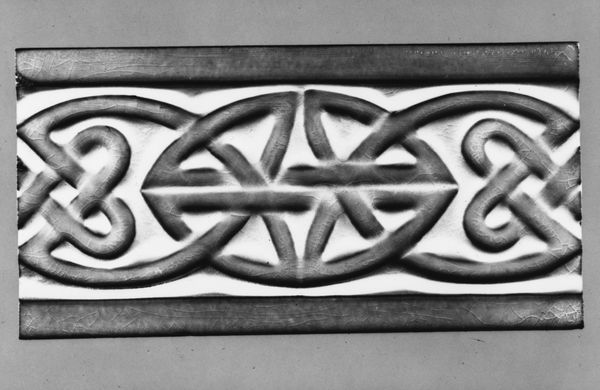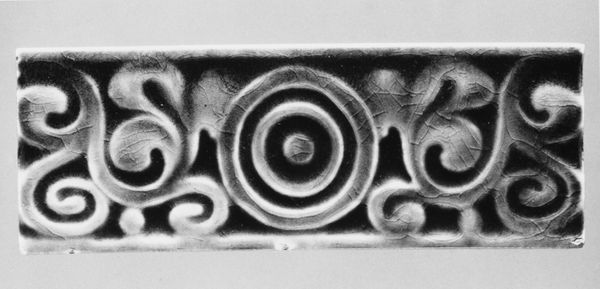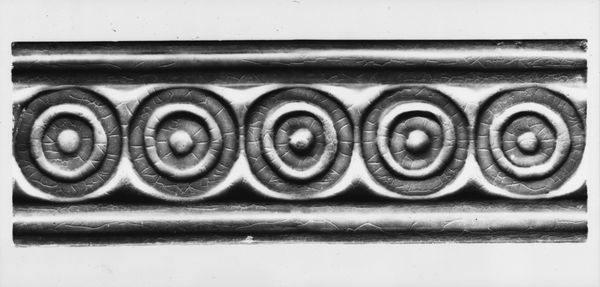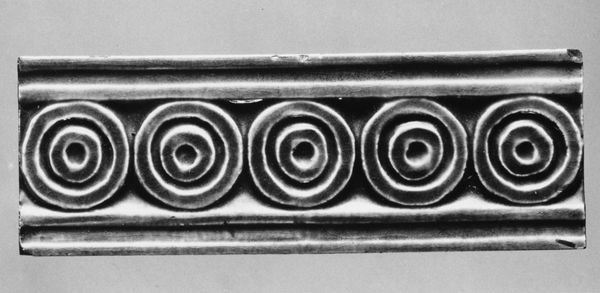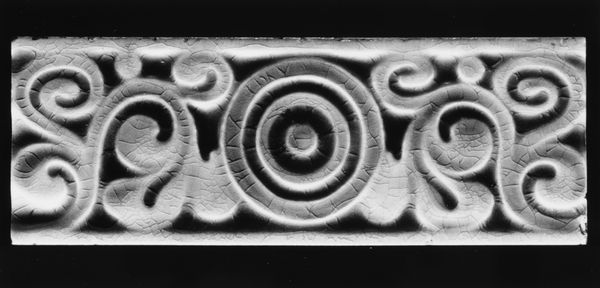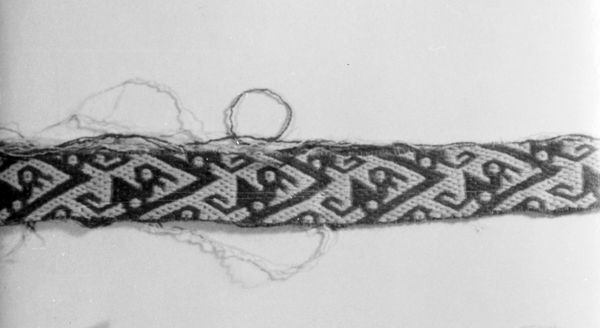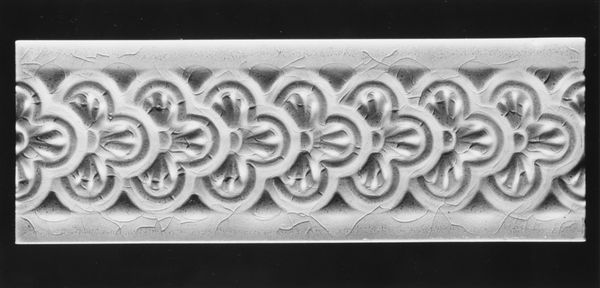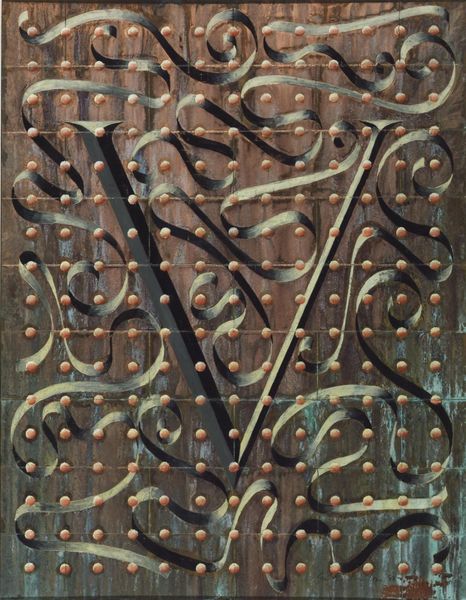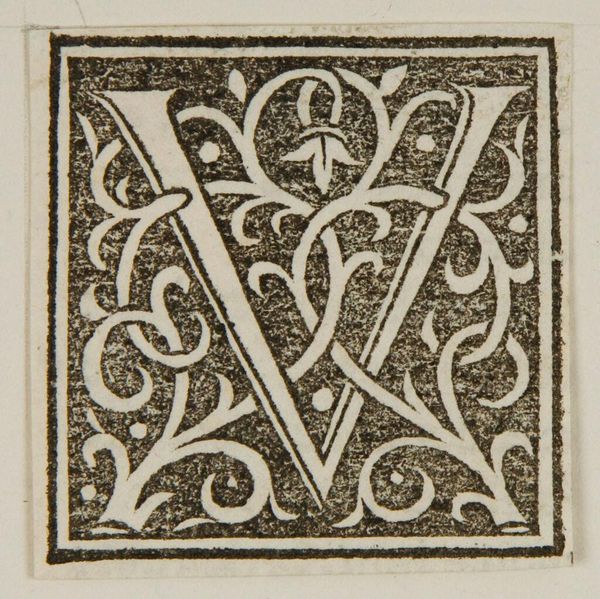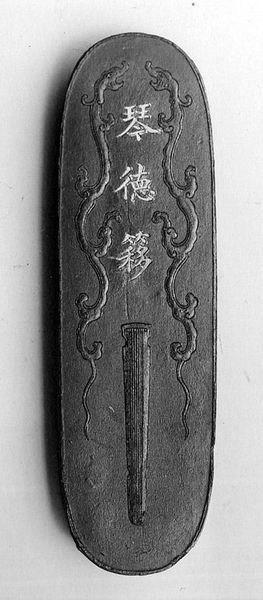
relief, ceramic
#
relief
#
ceramic
#
geometric
#
texture
#
decorative-art
#
repetitive pattern
Dimensions: 6 1/8 x 2 1/8 x 3/8 in. (15.6 x 5.4 x 1 cm)
Copyright: Public Domain
Curator: I’m struck immediately by how tactile this ceramic relief tile feels. I can almost trace the interwoven lines of the geometric pattern with my fingers. It looks so heavy, almost...earthy. Editor: Indeed. What you’re describing reflects a tension between industrial production and aesthetic aspirations emblematic of the Pattern and Decoration movement. What we are viewing is a "Border Tile" crafted around 1881 by J. and J. G. Low Art Tile Works. The work finds its home here at the Metropolitan Museum of Art. Curator: J. and J. G. Low... a rather prosaic name for an outfit that produced something this visually engaging! It seems so far removed from our contemporary conversations, yet somehow immediately familiar. Does that make sense? Editor: Absolutely. Considering that art should reflect social reality and stand in opposition to an exclusive and alienating establishment, we see that, from the mid-1870s onward, Low’s tiles were explicitly marketed as accessible alternatives to more traditional—and expensive—art forms such as paintings and sculptures. It’s easy to imagine them as affordable adornments for homes. Curator: Affordability as a political act! I love it! And the visual language… This sort of interwoven knot pattern transcends time and place. One could say it touches the human condition, you know? Editor: I concur, however I see also it speaking directly to the late 19th-century interest in, and appropriation of, diverse design motifs. We must look closely at the global dynamics of influence and exchange occurring at the time in decorative art. Curator: Of course, it’s vital to recognize the historical currents swirling around even a seemingly simple border tile! It’s remarkable how objects such as this become so loaded with social intention... But as with most artworks, the beauty draws you in! Editor: And the politics should keep you thinking. This dialogue shows the crucial intersectional concerns regarding questions of who, how, and for whom are objects of art made, and who gets to access or not this experience.
Comments
No comments
Be the first to comment and join the conversation on the ultimate creative platform.
